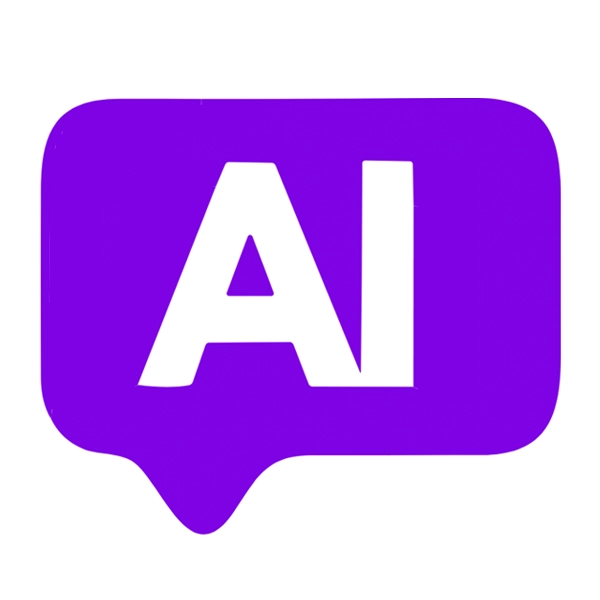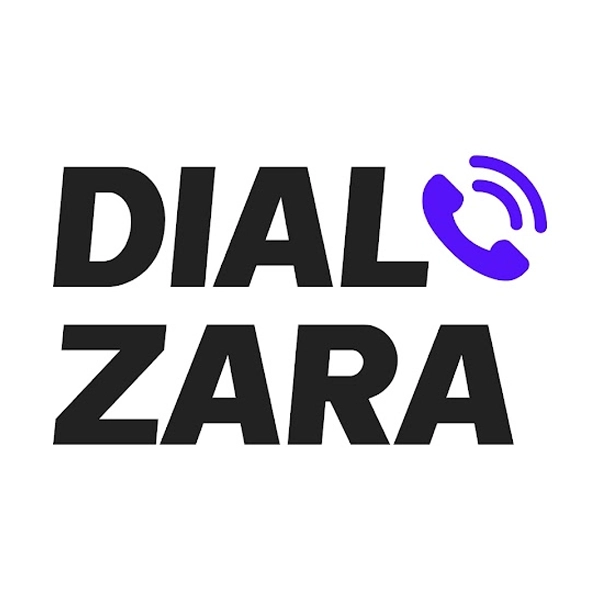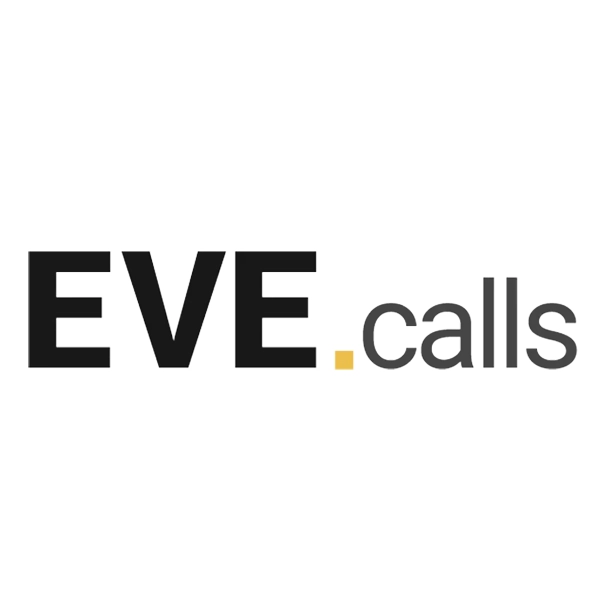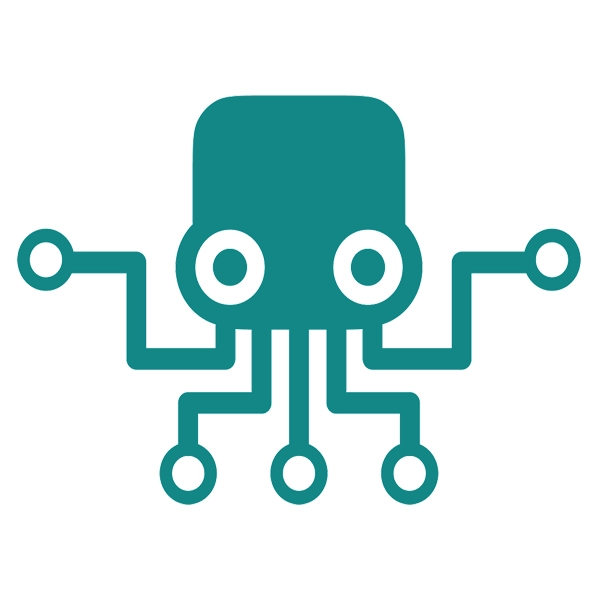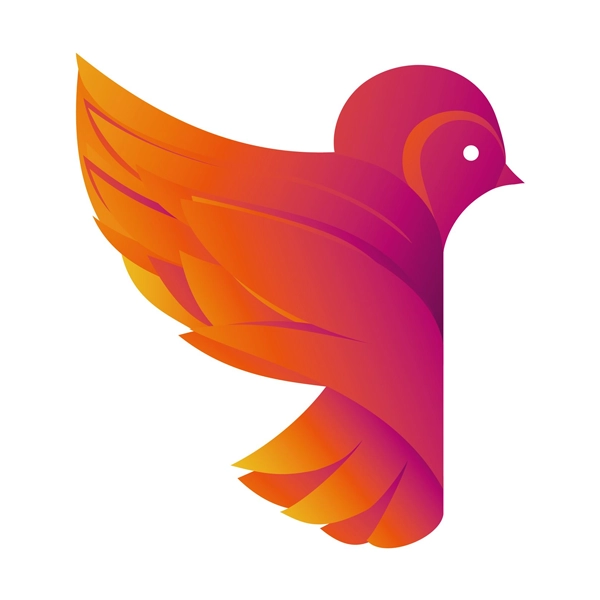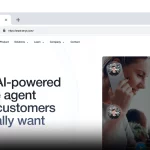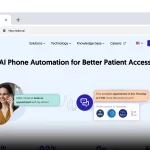What is AI Dubbing: Everything To Get You Up to Speed. What is Dubbing? Learn about the types of dubbing and why AI dubbing is the best and most cost-effective.

Try the best AI dubbing for your creative projects.
Get started for freeTable of Contents
Let’s talk about what is AI dubbing. Have you ever watched a foreign film and wondered how they managed to get the characters to speak your language so perfectly? That’s the magic of dubbing. AI Dubbing, or traditionally, just dubbing, is the process of replacing the original audio of a film, TV show, or video game with a new audio track in a different language.
I’m thrilled to talk about the world of media localization: AI dubbing. This is one of my favourite parts of our voice AI work here at PlayHT. AI Dubbing technology is reshaping how content creators and filmmakers can reach global audiences with high-quality voiceovers, and I’m here to guide you through the fascinating journey from traditional dubbing to AI-powered solutions.
To understand what is AI dubbing, it’s important to know the history and know what is dubbing and how it was done historically. Then, we’ll dive into how what is AI dubbing and how it is changing the industry.
Dubbing involves a lot more than just translating the dialogue – it’s an intricate art form that combines voiceover talent, synchronization, and sound engineering to create a seamless viewing experience.
As you can tell, I’m really passionate about this topic. With so many AI tools for voice being released, and especially with us recently launching, what we think, the best Ai voices for dubbing, voice cloning, and TTS, I thought I’d take some time to set the stage: What is AI dubbing? How is it different from the traditional approach, is it better, and should you make the shift today.
Firstly, What is Dubbing
Dubbing is the process of replacing the original dialogue in a film or TV show with dialogue in a different language. Historically, this meant hiring voice actors to record lines in a studio, a meticulous process requiring precise synchronization of lip movements to match the original audio.
The history of dubbing dates back to the early 20th century when films began to be distributed internationally. Famous dubbed movie examples include classics like “Spirited Away” and “The Godfather,” where the art of dubbing allowed non-English speaking audiences to enjoy these masterpieces in their native languages.
At its core, dubbing is all about replacing the original dialogue of a piece of media with a new language. This is particularly common in non-English films and TV shows aiming to reach a global audience. But the process isn’t as simple as it sounds. It involves several steps, each crucial for maintaining the integrity and quality of the original content.
Now that we have a firm grasp of what dubbing is, let’s see the process of traditional dubbing. Then we’ll get into what is AI dubbing and what the process is for that.
The Traditional Dubbing Process
Transcription and Translation:
The first step is transcribing the original script and translating it into the target language. This isn’t just a direct translation – the new script needs to match the lip movements and timing of the original dialogue.
Casting Voice Actors:
Finding the right voice actors is essential. They need to capture the essence of the original performance while making it believable in the new language. For example, if the original actors were French, and the target audience is American, the voice actors must convey the same emotions and nuances.
Recording the New Audio:
This is where the voiceover magic happens. Actors record their lines, often while watching the on-screen performance to ensure their timing matches the original audio.
Synchronization:
Also known as lip-sync, synchronization ensures that the new dialogue matches the mouth movements of the actors on screen. This is perhaps the most challenging part, as it requires precise timing and sometimes even adjusting the script to fit better.
Post-Production:
Sound engineers then blend the new audio with the original soundtrack, including sound effects and music. This step ensures that the audio quality remains high and that the new dialogue fits seamlessly with the rest of the audio elements.
Okay, but what is AI dubbing and how is it different from traditional dubbing? Read on, my friend.
What is AI Dubbing?
AI dubbing uses machine learning to create natural-sounding voiceovers in multiple languages, transforming text into synchronized spoken dialogue for global audiences.
The long answer is to what is Ai dubbing: AI dubbing uses advanced technologies such as machine learning and generative algorithms to deliver high-quality, real-time dubbing in various languages. Utilizing text-to-speech (TTS) systems and AI-generated voices, it transforms transcribed text into spoken dialogue, enriching the viewing experience for non-English speakers.
How Does AI Dubbing Work?
AI dubbing works by utilizing several advanced technologies:
- Voice Cloning and AI Voice Generation: AI models are trained on hours of human speech to create synthetic voices that sound natural and human-like. This process, known as voice cloning, captures the emotional nuances and unique characteristics of human actors’ voices.
- Lip-Sync and Synchronization: AI technology analyzes the original audio and video to synchronize the synthetic voices with the actors’ lip movements. This ensures the dubbed content appears seamless and natural, enhancing the viewing experience.
- Text-to-Speech (TTS): This technology converts written text into spoken words. TTS systems have evolved significantly, now offering high-quality, natural-sounding voices that can be fine-tuned for different languages and accents.
- Machine Learning Algorithms: These algorithms process vast amounts of data to improve the accuracy and naturalness of the generated voices. By learning from diverse datasets, AI can produce dubbing that maintains the original dialogue’s intent and emotional tone.
Other Types of Video Localization
In addition to dubbing, video localization includes subtitling and transcription services. Subtitles provide a text-based translation of the dialogue, allowing viewers to read along while listening to the original audio. Transcription involves converting spoken dialogue into written text, which can be useful for accessibility and content analysis.
Localization and dubbing could by synonyms. So if you asked what is AI dubbing it’s the same as asking what is AI video localization.
Why Dubbing Matters
Dubbing plays a critical role in localization, making media accessible to a broader audience. Netflix, for example, offers dubbed versions of many of its original content, allowing viewers from different parts of the world to enjoy shows in their native language. This not only breaks language barriers but also enhances the overall viewing experience by making it more relatable.
Accessibility in AI Dubbing
AI dubbing significantly enhances accessibility by making content available in multiple languages, thereby breaking down language barriers. This is particularly important for educational content, where accurate translation can provide a better learning experience for non-native speakers. Additionally, AI-generated subtitles and transcriptions can aid individuals with hearing impairments, ensuring they have equal access to the content.
Dubbing vs. Subtitles
While subtitles are another popular method of making foreign-language films accessible, dubbing offers a more immersive experience. Subtitles require viewers to read while watching, which can be distracting. Dubbing, on the other hand, allows viewers to fully engage with the on-screen action without any interruptions.
Dubbing vs Voiceover
Dubbing and voiceover are two common practices used to adapt video content for different languages and regions. Dubbing involves completely replacing the original language dialogue with a new audio track in the target language, syncing the new dialogue to match the lip movements and expressions of the characters.
This creates an immersive experience for viewers, as it feels like the characters are speaking their language. Voiceover, on the other hand, typically retains the original audio at a lower volume and adds a translated narration over it. This method is often used for documentaries, interviews, and news reports, as it allows the audience to hear the original language while understanding the content through the translated narration.
While dubbing provides a seamless integration of the new language, voiceover offers a more straightforward and less costly alternative, preserving the original sound quality and emotional tone.
Types of Dubbing
There are various types of dubbing, including:
- Voiceover Dubbing: Common in documentaries and news reports, where the original audio is still audible under the new voiceover.
- ADR (Automated Dialogue Replacement): Used in filmmaking for dialogue replacement, often to improve audio quality or sync issues.
- AI Dubbing: An emerging technology where artificial intelligence is used to automate parts of the dubbing process, making it more cost-effective and time-efficient.
How to Choose the Right AI Dubbing Solution?
When selecting an AI dubbing solution, consider the following factors:
- Quality of AI Voice: Ensure the synthetic voices sound natural and can convey emotional nuances effectively.
- Language Support: Check if the AI tool supports the target languages required for your content.
- Synchronization Accuracy: Look for solutions that offer precise lip-sync and alignment with the original dialogue.
- Ease of Use: Choose a user-friendly platform that simplifies the dubbing process and integrates well with your existing workflows.
- Pricing: Compare the cost of different AI dubbing services to find one that fits your budget while delivering high-quality results.
Challenges of Dubbing
Dubbing is a time-consuming and often expensive process. It requires a high level of coordination between translators, voice actors, sound engineers, and post-production teams. Moreover, maintaining the original performance’s integrity while ensuring that the new dialogue fits perfectly can be incredibly challenging.
What is AI Dubbing: Traditional vs AI Dubbing Comparison Table
| Feature/Benefit | Traditional Dubbing | AI Dubbing |
|---|---|---|
| Production Process | Involves hiring voice actors, recording in a studio, manual syncing | Automated translation and syncing using AI |
| Cost | High due to labor and studio costs | Lower due to automation |
| Time | Time-consuming, especially for multiple languages | Faster turnaround |
| Sound Quality | Depends on voice actors and recording quality | Consistent and high-quality output |
| Language Versions | Limited by availability of voice talent | Can handle multiple languages simultaneously |
| Formats | Adaptable but requires manual adjustments | Easily adaptable to various formats |
| Consistency | May vary with different voice actors | Consistent voice replication |
You Should Try PlayHT AI Dubbing, for Free.
PlayHT has pioneered the most conversational text to speech and voice synthesis in the industry. Now, PlayHT brings dubbing into into its suite of products – changing the quality and raising the bar in AI dubbing. With some of the best AI voices that are indistinguishable from humans, and also with regional variations, PlayHT is the best AI dubbing software.
Try PlayHT AI Dubbing for free!
The Future of Dubbing
Advancements in AI and machine learning are poised to revolutionize the dubbing process. AI dubbing can significantly reduce costs and time, making high-quality dubbing accessible to more productions. However, the human touch – the creativity and nuance that voice actors bring – will always be an essential part of creating a truly compelling dubbed version.
Dubbing is more than just translating words – it’s about preserving the magic of the original performance while making it accessible to a global audience. Whether it’s through the familiar voices in an English dub of a Japanese anime or the seamless synchronization in a German film’s American release, dubbing continues to be a vital part of the filmmaking and localization process.
So next time you watch a dubbed version of your favorite TV show or film, take a moment to appreciate the intricate art and effort that went into bringing those characters to life in your language.
I hope you had all your questions about what is AI dubbing answered. Feel free to reach out on our social accounts, or here if you have questions.
What is the meaning of dubbing?
Dubbing is the process of replacing the original spoken dialogue in a video with dialogue in another language. This is done to make the content accessible to speakers of different languages.
What does dubbing into mean?
“Dubbing into” refers to the process of translating and recording a new audio track in a different language, which is then synced with the video content.
What is an example of dubbing?
An example of dubbing is translating an English-language movie into Spanish and recording new dialogue so that Spanish-speaking audiences can understand and enjoy the film.
What is dubbing in TV shows?
Dubbing in TV shows involves creating language versions by replacing the original language dialogue with translated audio tracks. This is a common practice to make television shows accessible to international audiences.
Similar articles

Dubbing AI Voice Changer: The Present of Voiceovers

AI Voice Dubbing: Bring YourStories to Life in Different Languages
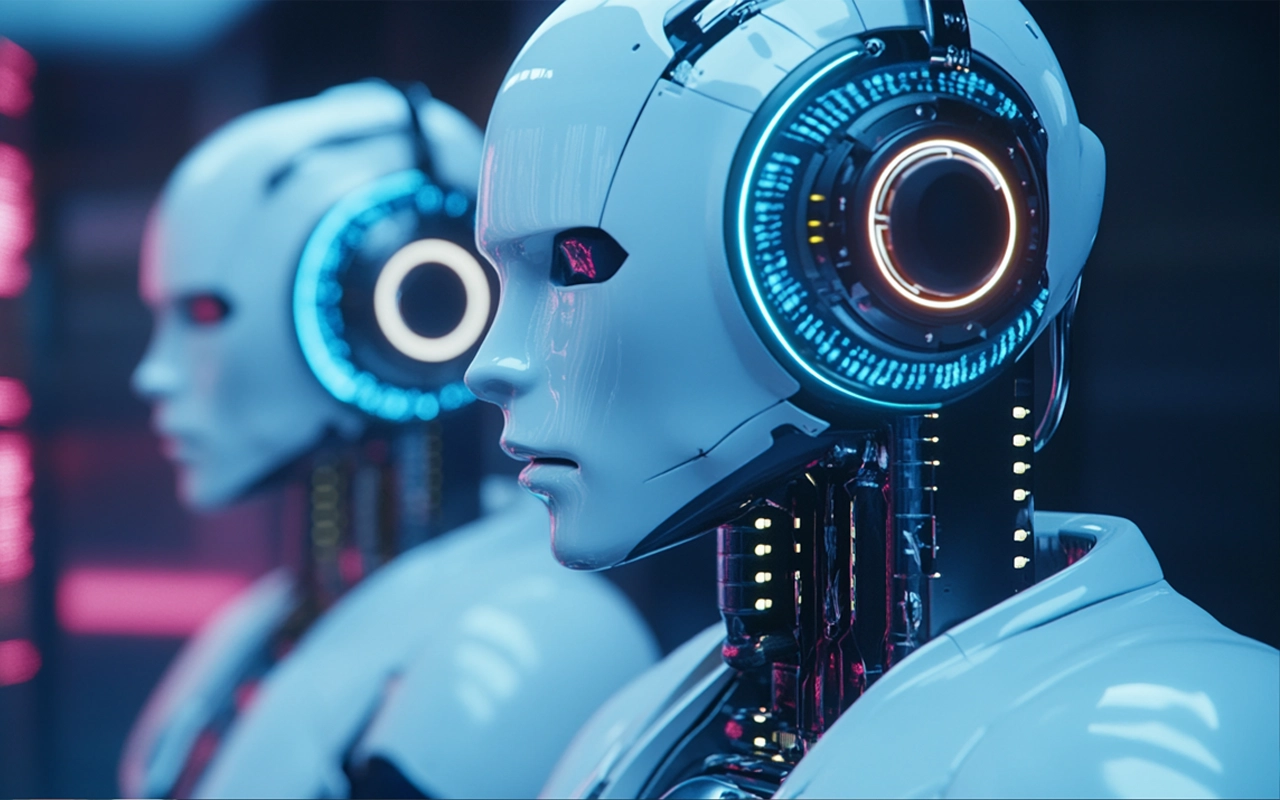
AI Video Dubbing: Breaking Language Barriers with Artificial Intelligence
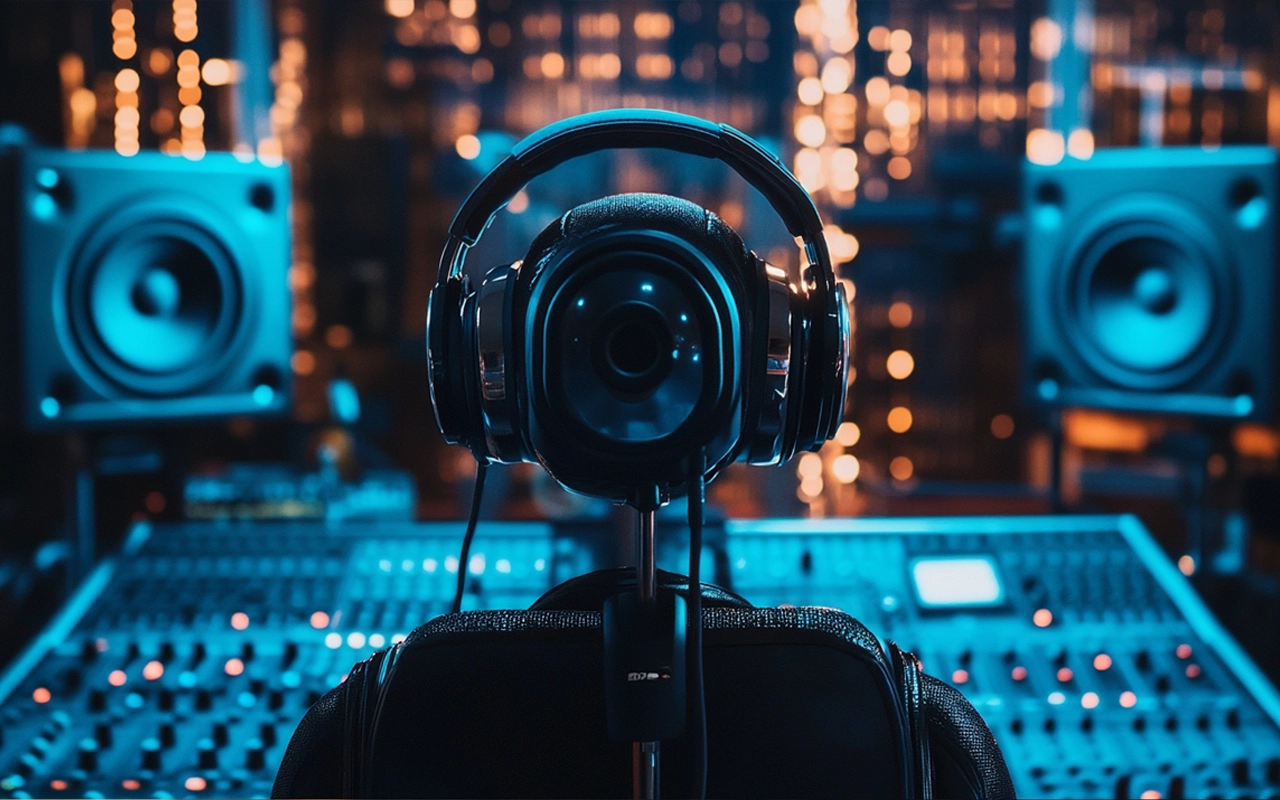
Netflix Dubbing: How Does Netflix Do it? And How You Can Too!

Dubbing Wiki: Your Guide to Voice Acting Across the Globe

Dubbing Services: Explode Your Video Content for a Global Audience
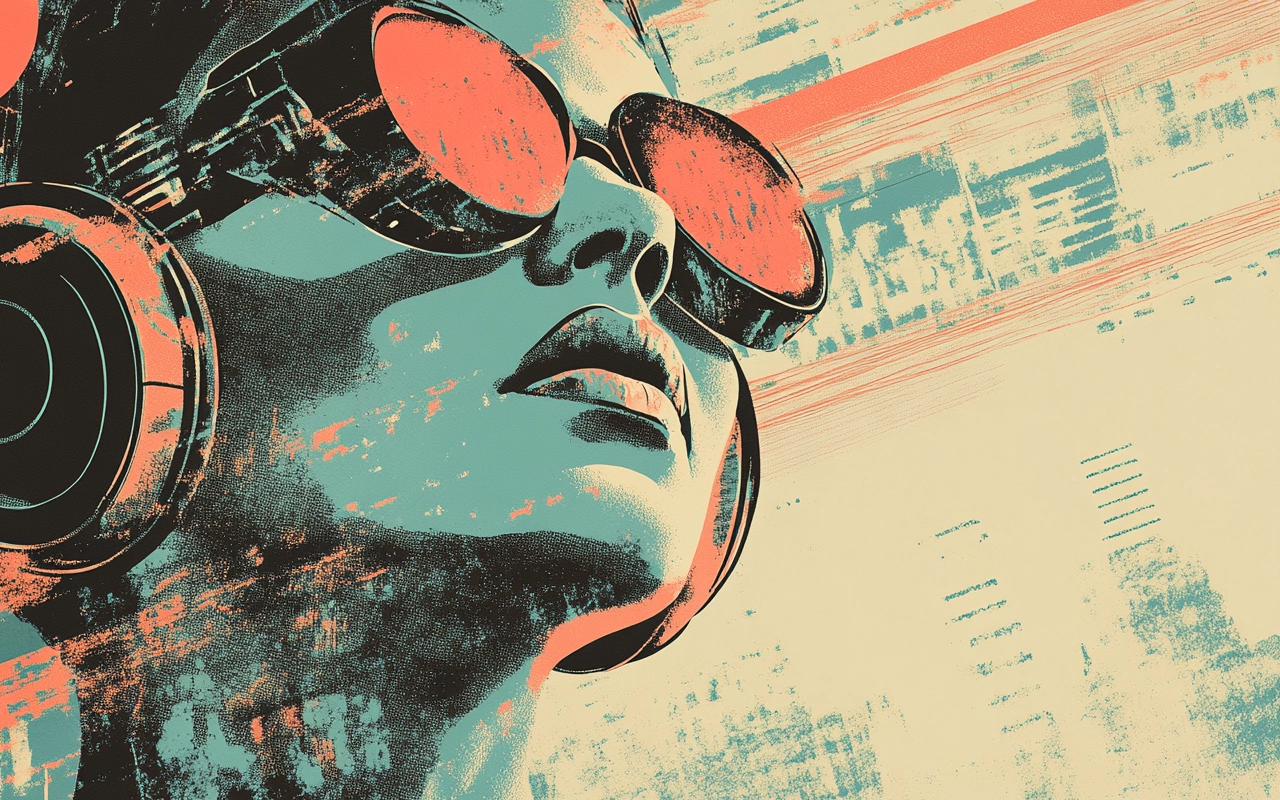
What is Dubbing in Film?

ADR vs Dubbing Explained!

Is Dubbing AI Safe?

Madame Web Dubbing: Marvel’s Web of Mysteries

Felo Dubbing: Revolutionizing Real-Time Subtitles and Voice Translation

AI Dubbing Free: Revolutionizing Voiceovers and Video Content

Dubbing Studio: The Heartbeat of Multilingual Storytelling

Dubbing Video with AI

English Dubbing: One Voice at a Time



















































